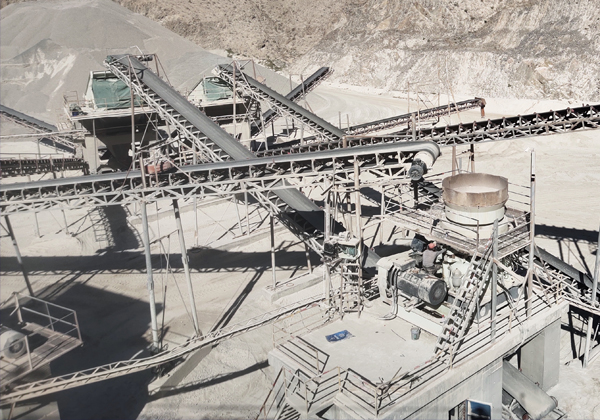A rock crushing operation involves several stages where raw rocks are broken down into smaller, more manageable pieces, typically to create aggregates used in construction, road building, or mining. The process consists of several critical components and steps, including extraction, feeding, crushing, and screening. Below is an overview of how a typical rock crushing operation functions.
Extraction of Raw Materials
The operation begins with the extraction of raw materials, usually from quarries or mines. Rocks such as granite, limestone, basalt, or sandstone are mined, often using heavy machinery like excavators, bulldozers, and drilling equipment. Once the raw material is extracted, it is transported to the crushing plant for further processing.

Feeding into the Crusher
The raw material is fed into the crusher, which may be done manually or using conveyors, depending on the scale of the operation. Primary crushers such as jaw crushers are typically used to reduce the size of the raw material. A jaw crusher uses a mechanical force to crush the stone by squeezing it between two plates (the stationary plate and the moving plate). This reduces the raw material to smaller, more uniform pieces.
Primary Crushing
The first stage of crushing involves breaking down large rocks into smaller sizes, generally to around 6–8 inches in diameter. Jaw crushers or gyratory crushers are commonly used in this phase. The rock enters the machine through the top and is crushed by the powerful jaws or cone mechanisms. After primary crushing, the material is reduced to a more manageable size, but it may still contain some larger chunks.
Secondary and Tertiary Crushing
After the primary crushing stage, the material is passed through secondary and tertiary crushers, which further reduce the size. These crushers can be cone crushers, impact crushers, or hammer crushers. The purpose of these stages is to achieve a specific particle size required for various applications. For instance, in construction, crushed rock might be sorted into different grades to make aggregates used for concrete, asphalt, and other products.
- Cone crushers work by squeezing the rock between a rotating cone and a fixed outer concave. The material is reduced in size as it is squeezed and forced out of the machine.
- Impact crushers use high-speed impact forces to shatter the rock into smaller pieces. This is ideal for softer rocks or when a fine finish is desired.
Screening
After the material has been crushed to the desired size, it is screened to separate it into various grades based on size. Vibrating screens are commonly used in this stage to sort the material into different fractions. The crushed material is passed over vibrating screens that use different mesh sizes to separate larger pieces from smaller ones. Material that is too fine may be further processed through additional crushing or other treatment steps.
Washing
In some operations, especially those producing materials for concrete and asphalt, the crushed material may be washed to remove dust, clay, and other impurities. Washing involves spraying the material with water and running it through a series of scrubbers or screens. This improves the quality and cleanliness of the final product, making it suitable for use in high-quality construction materials.
Final Product Storage and Transport
Once the rock is processed and screened, the final product is ready for use or sale. The material is often stored in piles or stockpiles at the crushing plant, ready for transport. Depending on the operation, it may be sold directly to construction companies or ready-mix concrete producers, or it may be used for further manufacturing of asphalt, cement, or other building materials. The material is typically transported by trucks, trains, or conveyors.
In conclusion, a rock crushing operation is a complex process that requires careful planning and the use of specialized equipment to break down raw material into usable aggregates. The crushers involved, along with screening and washing systems, work together to produce the high-quality materials required in construction and other industries.

